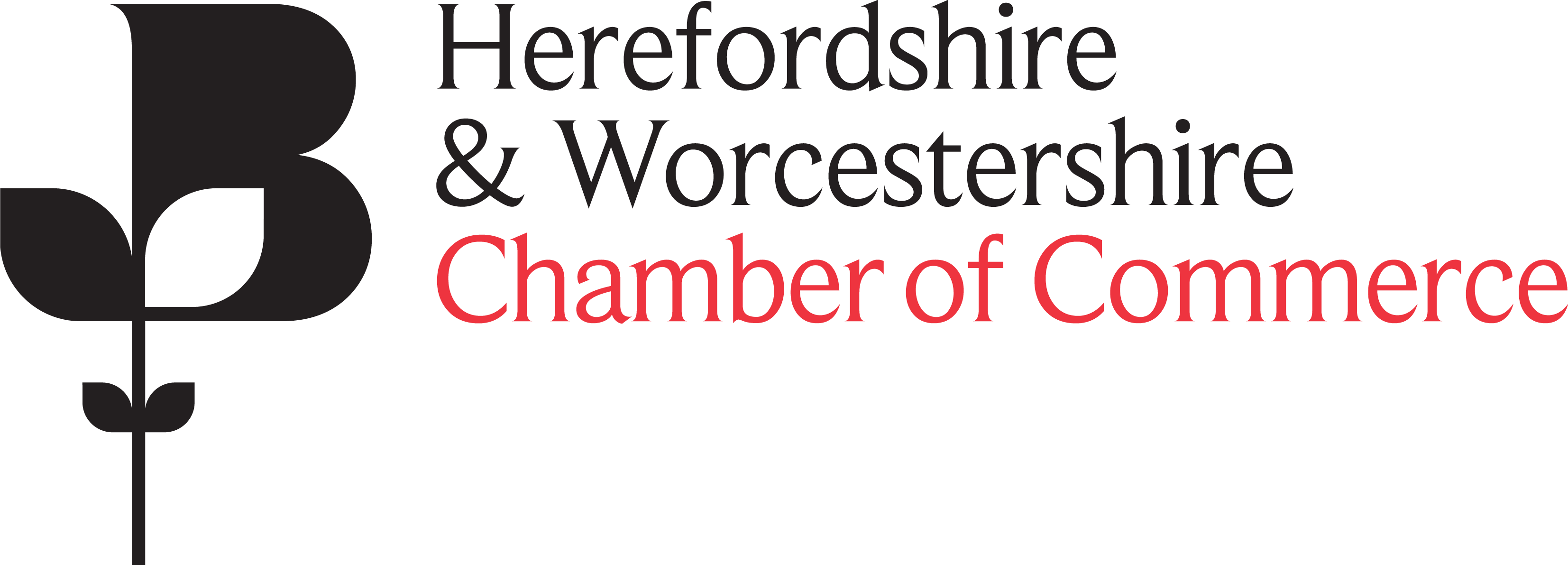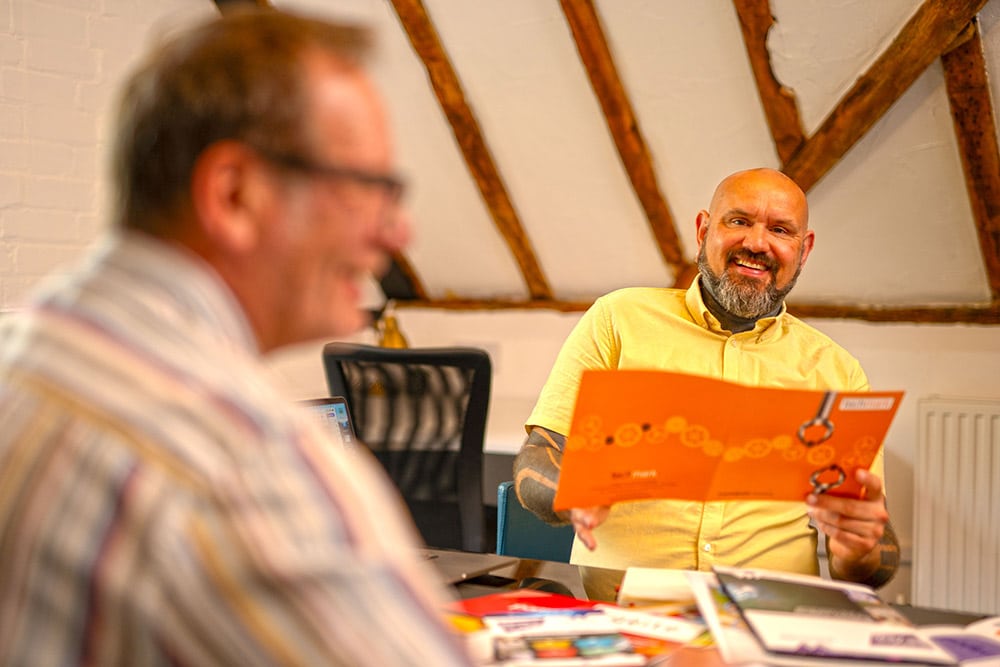Article by David Wilson
At Glued we regular use the ‘Business Model Canvas’ to develop value propositions for a new products and brand. This tool helped us shape the brand offer and marketing messages. We’ve also used it with clients and in workshops for BIPC Worcestershire.
What is the Business Model Canvas?
It consists of nine key components:
1. Customer Segments
2. Value Propositions
3. Channels
4. Customer Relationships
5. Revenue Streams
6. Key Resources
7. Key Activities
8. Key Partnerships
9. Cost Structure
How the Business Model Canvas Shapes Your Brand Offer
Applying the Canvas clarified our value propositions and target customers. It structures thinking and lays the foundation for a brand story. Here’s how each component contributed:
• Customer Segments: Tailoring messaging to specific needs.
• Value Propositions: Defining the product’s uniqueness.
• Channels: Identifying effective customer reach.
• Customer Relationships: Planning consistent brand experiences.
• Revenue Streams: Aligning pricing with value propositions.
• Key Resources: Ensuring preparedness to meet expectations.
• Key Activities: Outlining necessary actions for product delivery.
• Key Partnerships: Identifying essential partners.
• Cost Structure: Understanding costs.
Turning Insights into Action
With insights from the Canvas, we shaped a compelling brand offer. We help define your USP, create visual identities, develop brand guidelines, and design marketing campaigns. Visit our website for examples: www.gluedlimited.co.uk/case-studies.
The Business Model Canvas is a powerful tool for aligning your business with value propositions.
Contact
David Wilson at Glued
T: 07779003818
E: [email protected]


